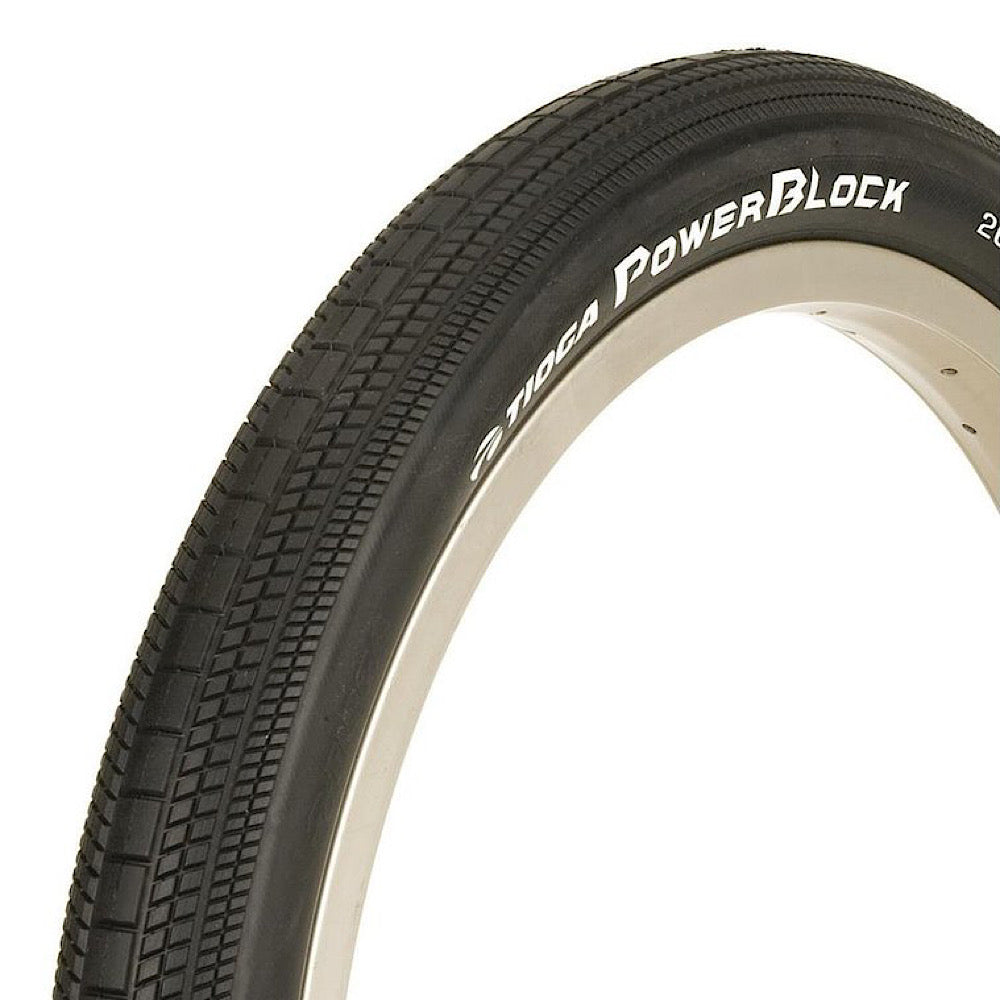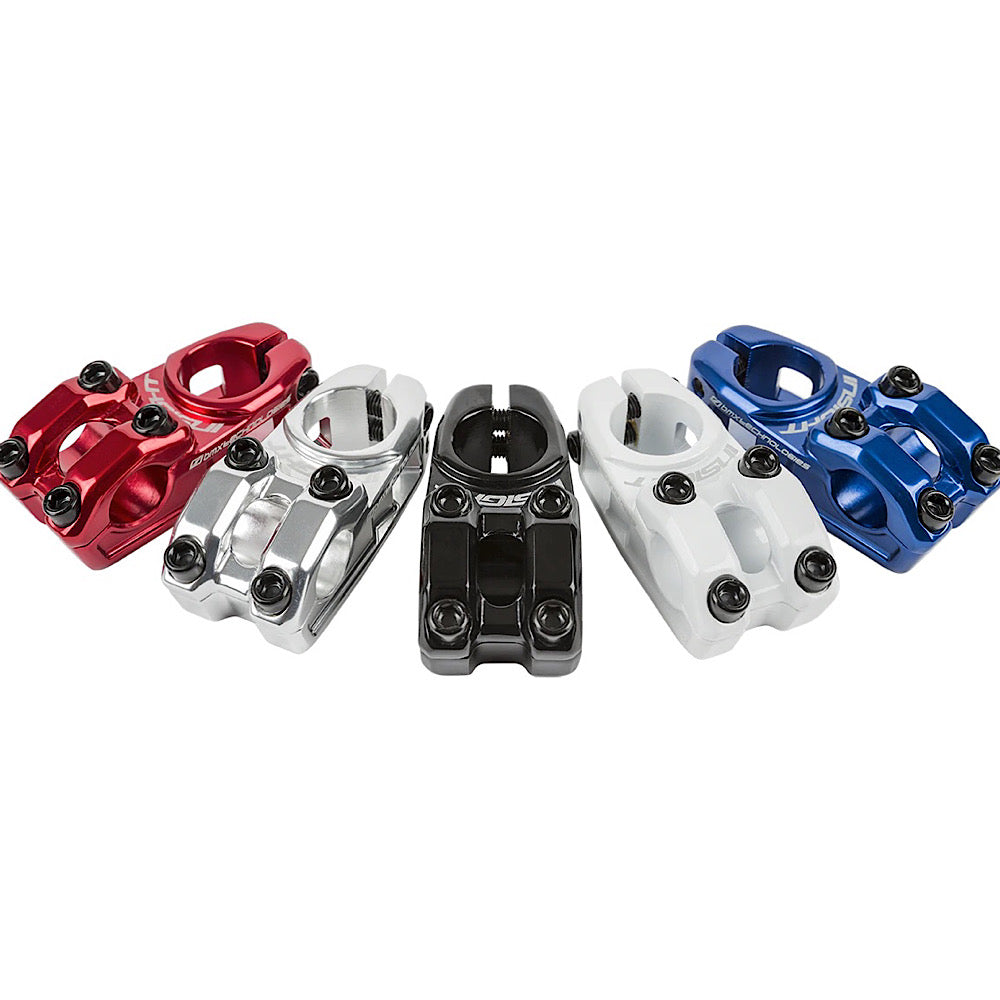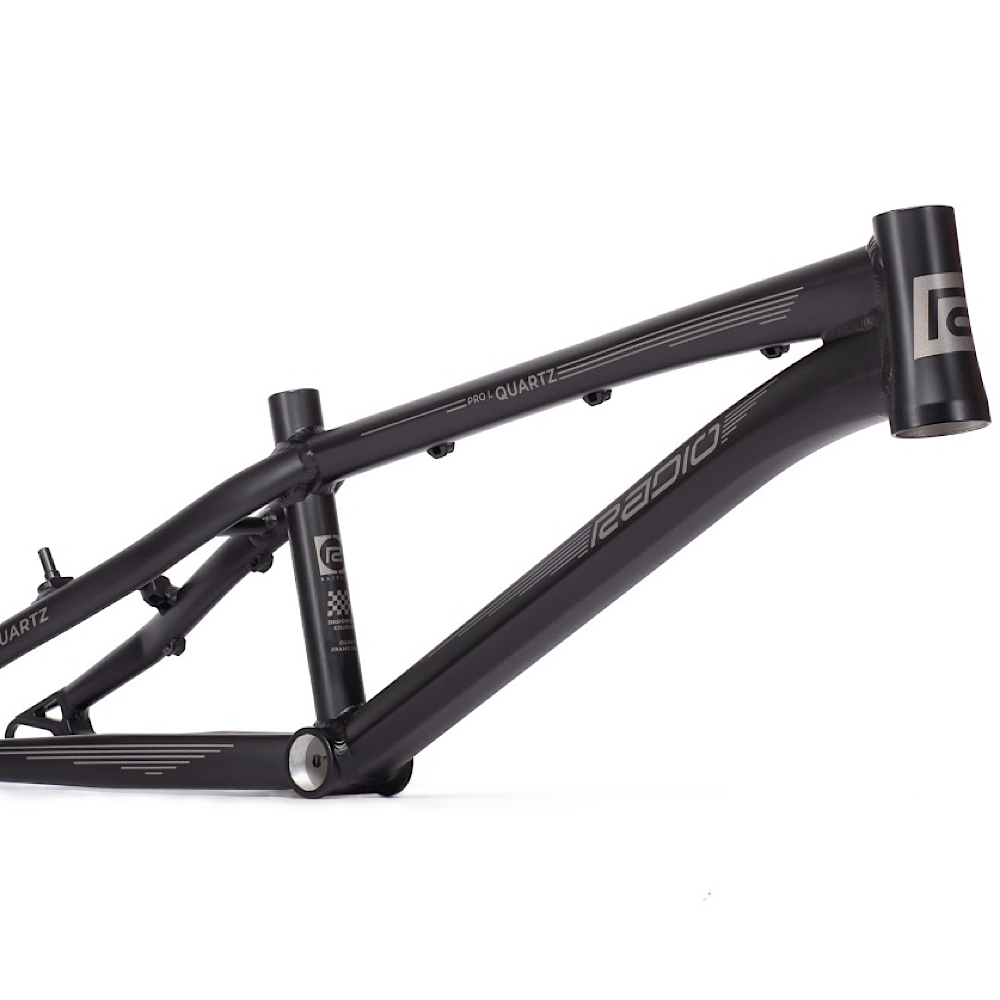Tools needed
- Air Pump w/ gauge
- Tire Levers
Step One
Deflate the old tire. The lower you deflate it, the easier it will become to remove. You can use the hook end of the tire lever to push the inner tube’s pin down, releasing air pressure.
Step Two

With the deflated tube, slide the rounded end of the tire lever underneath the tire bead. If you’re lucky, one tire lever should do the trick. However, with tighter tires, use the first lever to pry up the bead. With the first lever still under the tire bead, use the second lever to remove new portions of the bead from the rim. Eventually you will be able to slide the lever around the entire sidewall completely separating the bead from the rim.
Step Three
- After removing one sidewall, remove the tube from the tire.
- The other sidewall should come off by hand. If it’s still too tight, repeat step two using the tire levers for removal.
- If the tire and tube you have just removed still have a little life in them, be sure to keep them as spares in case of an emergency.
Step Four
- Before you reinstall the new tire or tube, inspect the rim for small burs or debris that may have accumulated within the rim. You can use a filler to remove any metal burs. Be sure to check the rim strip as well to make sure there are no holes or tears. If you see any, then the rim strip needs to be replaced.
- Inflate the tube just enough to get it to shape.
- Place the lightly inflated tube inside the tire.
- Be sure to check the side wall of the tire to see if there is a rotational direction for the tire. You want to make sure that the tire is facing the right direction before install, otherwise you will have to re install it in the right direction. Save yourself the headache now and always double check.
Place part of the tire bead over the rim so that you can get the valve stem of the tube into the valve hole on the rim.
Step Five
With the valve stem in the rim, use your hands to push the bead into the rest of the rim. Do one bead at a time. So install one side completely before moving to the other side. When things get tight use your tire lever to pry the bead upward.
Step Six
- By now, one side of the bead should be completely installed. You can now begin to install the other side. Again, use your hands to fit the bead into the place. When it becomes too tight to use your hands, repeat the process in step five of using the tire lever to pull the bead upward. When doing this, be care not to pinch the tube between the lever and the rim.
If things are still too tight, try removing some more air from the tube. Sometimes this will help if you accidentally inflated the tube too much.
Step Seven
- Begin to inflate the tire, but similar to when you inflated the inner tube, only go until the tire takes shape.
- Now inspect the bead to make sure everything is in place and fitted properly
Simply spin the wheel and watch the edge of the bead. Look out for low spots and high spots on the tire. Pull the low spots up and push the high spots down until the bead looks consistent as you spin the wheel.
Step Eight
- With the bead properly installed, you can now begin to fully inflate the tire. Make sure you read the sidewall of the tire to find the maximum and minimum tire pressure. Always inflate your tire between these two numbers. This is what is recommend by the tire manufacturer for proper functionality. Never exceed the maximum tire pressure as you run the risk of blowing the tire up in a corner.
After the tire is fully inflated, inspect the bead one more time. If everything checks out, you’re ready to ride.



